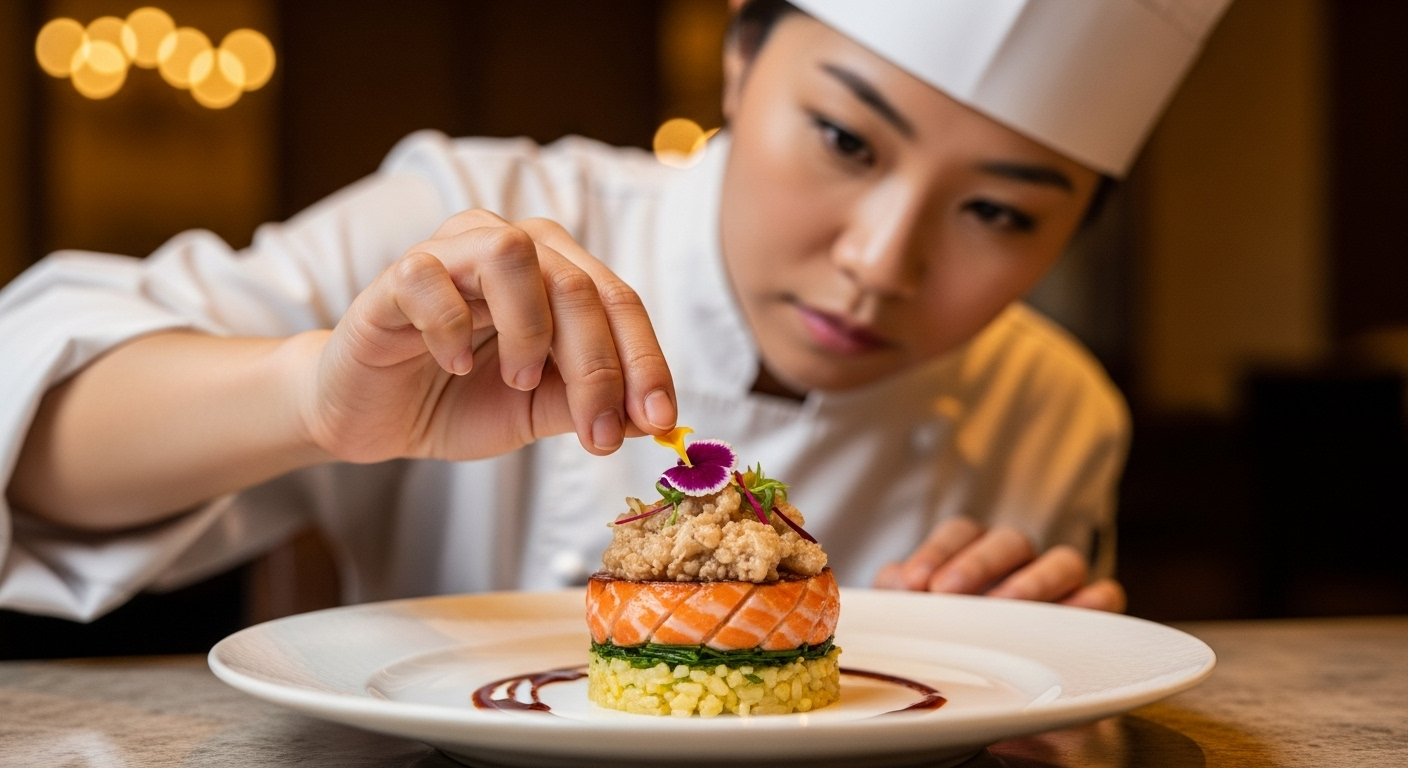Culinary Cinema: The Fusion of Food and Film
In a world where gastronomy and cinema collide, a new genre is taking center stage. Culinary cinema, a tantalizing blend of food-centric storytelling and visual artistry, is captivating audiences and critics alike. This emerging trend goes beyond mere food documentaries, offering a rich tapestry of narratives that explore culture, identity, and human connection through the lens of cuisine. As the lines between culinary arts and filmmaking blur, a new era of sensory storytelling is born, inviting viewers to feast their eyes and ignite their taste buds.

Beyond the Kitchen: Expanding Narratives
Modern culinary cinema has evolved far beyond the confines of the kitchen. Filmmakers are now using food as a metaphor for larger societal issues, exploring themes of immigration, family dynamics, and cultural preservation. Films like Ang Lee’s Eat Drink Man Woman and Jon Favreau’s Chef have demonstrated the power of food to drive compelling narratives and character development. These stories resonate with audiences on a primal level, tapping into the universal language of taste and nourishment.
The Rise of Food Stylists in Film
As culinary cinema gains prominence, a new breed of artist has emerged on film sets: the food stylist. These culinary wizards work alongside directors and cinematographers to create visually stunning and appetizing dishes that can withstand the rigors of filming. Their expertise goes beyond mere presentation, as they must ensure that food remains camera-ready for hours under hot lights and multiple takes. The artistry of food stylists has elevated culinary scenes from mere set dressing to pivotal storytelling elements.
Sensory Storytelling: Engaging All Five Senses
One of the most intriguing aspects of culinary cinema is its ability to engage multiple senses, even within the constraints of a two-dimensional screen. Skilled directors use a combination of visual composition, sound design, and narrative techniques to evoke the tastes, smells, and textures of food. The sizzle of a steak, the steam rising from a bowl of ramen, or the crunch of a perfectly baked croissant can trigger a visceral response in viewers, creating a uniquely immersive experience.
Cultural Exchange Through the Plate
Culinary cinema serves as a powerful medium for cultural exchange and understanding. Films like Ratatouille and Jiro Dreams of Sushi have introduced global audiences to the intricacies of French and Japanese cuisine, respectively. These cinematic experiences offer viewers a chance to explore unfamiliar culinary traditions and gain insight into different cultures through their food practices. In an increasingly interconnected world, culinary cinema acts as a bridge, fostering empathy and curiosity about diverse gastronomic heritages.
The Intersection of Technology and Taste
As technology advances, culinary cinema is exploring new frontiers. Virtual and augmented reality experiences are being developed to complement traditional film screenings, allowing audiences to engage with food in unprecedented ways. Imagine donning a VR headset to step into the kitchen of a Michelin-starred chef or using AR to see the ingredients and preparation methods of a dish featured in a film. These innovations promise to further blur the lines between cinema and culinary arts, creating multi-sensory experiences that redefine entertainment.
Challenges and Critiques
Despite its growing popularity, culinary cinema faces its share of challenges and criticisms. Some critics argue that the genre can sometimes prioritize visual appeal over substance, leading to style-over-substance filmmaking. There’s also the concern that the idealized portrayal of food and cooking in films may create unrealistic expectations for viewers. Filmmakers in this genre must strike a delicate balance between artistic expression and authenticity, ensuring that their work resonates with both food enthusiasts and general audiences.
The Future of Flavor on Film
As culinary cinema continues to evolve, it promises to push the boundaries of storytelling and sensory engagement. We can expect to see more diverse voices and culinary traditions represented on screen, as well as innovative techniques for capturing the essence of food on film. The genre may also expand to include interactive elements, allowing viewers to participate in the culinary experience beyond passive viewing. With its unique ability to combine visual artistry, narrative depth, and gastronomic allure, culinary cinema is poised to become a staple of the entertainment landscape for years to come.





